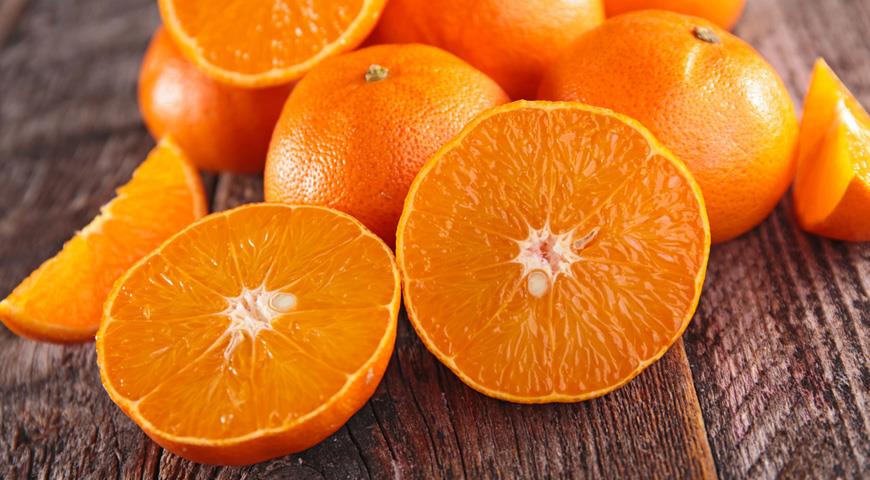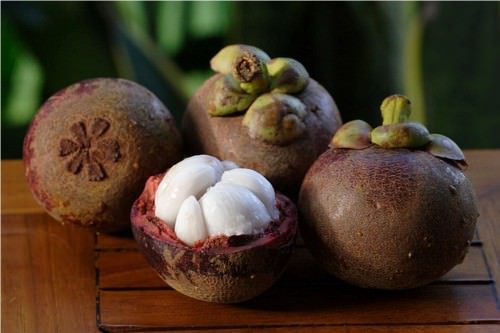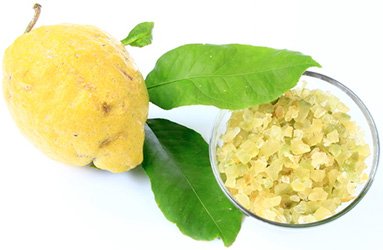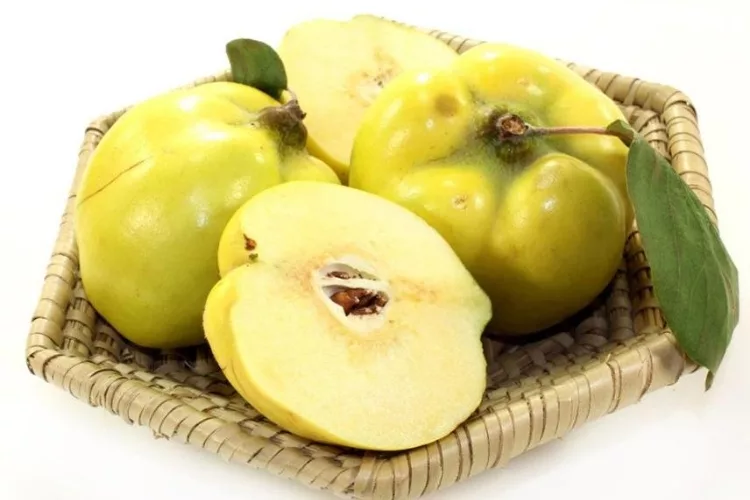15 Pleasant Facts About Rambutan
by Editorial Staff
In many countries of southeastern Asia, Central America, the Caribbean, and Australia, the unusual fruit rambutan is cultivated, which looks somewhat like a chestnut.
Facts About Rambutan

- Translated from the Indonesian word rambut, from which the name of the fruit comes, means "hair".
- Rambutans grow in clusters of up to 30 pieces on the eponymous evergreen tropical trees of the Salindovye family up to 25 s high, so the closest relative of rambutan is lychee.
- Rambutan fruits change color from green to bright red as they ripen. Under the skin, covered with many curled hairs, there is a gelatinous white or slightly reddish flesh with a long seed. The pulp is eaten, it is very fragrant and tasty. Many people compare the taste of rambutan to sweet and sour grapes.
- Rambutan fruits are useful as they contain vitamins C, B1, and B2, calcium, phosphorus, magnesium, iron, and other elements.
- All parts of the rambutan plant are used for different purposes. So, fruits are consumed fresh and preserved, roots and leaves are used in medicine, and essential oil from seeds is used to make soap and candles.
- You can determine the maturity of rambutan by the color of the fruit peel. So, if the skin is deep red, and the tips of the hairs are green, then the rambutan is mature.
- When buying such a fruit, not in the countries of its growth, it is important to consider that it can be stored in the refrigerator for no longer than a week.
- In Asian countries, rambutan is very revered, it is considered the best fruit for feeding sick and weak people. It is believed that the rambutan cleanses the body and fills it with strength.
- In its raw form, rambutan is effectively used for gastrointestinal disorders, it is even used to treat dysentery in Asian countries. Medicine also knows the anthelmintic property of this fruit.
- Many people are interested in how to eat rambutan because at first glance it seems that this prickly fruit simply cannot be approached. There is a seam on the peel of the rambutan, along which you need to carefully draw with a knife and just as carefully open the two halves of the peel. It is important not to damage the soft pulp.
- It is better to start the first acquaintance with exotic rambutan with a small portion to make sure that the body responds normally to the new food, there will be no allergic reaction and there will be no problems with the gastrointestinal tract. If everything is in order, then there are no contraindications to the use of rambutan.
- Rambutan is a low-calorie fruit. An average fruit contains no more than 59 calories. There is very little fat in rambutan, but a lot of protein.
- This small fruit contains a large amount of vitamin C. 100 g of the fruit contains 40% of the daily value of vitamin C, so it is beneficial to include it in your daily diet whenever possible.
- Rambutan is used to prepare tropical fruit salads and cocktails, desserts, yogurts, jams, jellies, chutneys, syrups, and soups.
- Locals claim that only the taste of rambutan is able to convey to mere mortals the taste of divine ambrosia, the food of the gods, and a garden planted with rambutan trees is a piece of paradise on sinful earth.
 Also Like
Also Like

Clementines are a hybrid of an orange and a mandarin, and this variety was bred by the French priest and breeder Father Clement, after whom the exotic fruit got its name. Externally, clementines are similar to tangerines with one difference – there are pr...

10 Interesting Facts About Arugulas
Indau, eruka, rocket, sowing caterpillar – this plant has many names, but whatever you call it less useful for health, it does not become from this. Arugula has a pleasantly bitter flavor that can add a spicy taste to any dish. Many who have tried it once...

10 Interesting Facts About Asparagus
All over the world, spring is considered the season of asparagus, when the first young juicy shoots appear from the ground. In our country, you don’t even have to look for local asparagus in the markets – you need to grow it (and it doesn’t grow in one ye...

10 Interesting Facts About Broccoli
There is more vitamin C in broccoli cabbage than in lemon, A – almost as much as in carrots, and the rest of the trace elements are certainly not less than in related vegetables of the cabbage family. It should be treated with caution by those who have in...

10 Interesting Facts About Cauliflowers
Cauliflower is superior to all other varieties in taste and nutritional content. What do you know about Cauliflowers? We will tell you 10 interesting facts about him, and if you have something to add, be sure to leave your comment under this post! Caulifl...

10 Interesting Facts About Dills
Many people actively use dill when preparing a wide variety of dishes; this seasoning is considered truly universal. What do you know about Dills? We will tell you 10 interesting facts about him, and if you have something to add, be sure to leave your com...

10 Interesting Facts About Fennels
Not the most frequent guest in our kitchens, but his every appearance should be noted. What do you know about Fennels? We will tell you 10 interesting facts about him, and if you have something to add, be sure to leave your comment under this post! The ho...

10 Interesting Facts About Garlic
Many doctors recommend eating garlic, in the absence of contraindications, of course. This is an extremely useful product, notable for the fact that when cooked or dried, it retains a significant proportion of useful substances. What do you know about Gar...

10 Interesting Facts About Greens
We know vegetables and greens are good for you. But what exactly is their strength and why are they so important in the daily diet? After examining the opinions of people leading a healthy lifestyle, we are a selection of 10 interesting facts. What do you...

10 Interesting Facts About Lettuce
Lettuce is known all over the world and has been actively used since the 20th century. People can grow lettuce on their own to consume its leaves or stump. It should be noted that lettuce varieties such as Roman are produced mainly in Europe (in the Medit...

10 Interesting Facts About Parsley
Even the usual seasoning can harbor a lot of unusual things. What do you know about Parsley? We will tell you 10 interesting facts about him, and if you have something to add, be sure to leave your comment under this post! Did you know that there are curl...

10 Interesting Facts About Pumpkins
Orange, juicy, bright, tasty, useful! Pumpkin is a real symbol of autumn. And what do you know about pumpkins? We will tell you 10 interesting facts about pumpkins, and if you have something to add, be sure to leave a comment under this post! In fact, the...

12 Interesting Facts About Daikon
Due to the high content of vitamins, daikon strengthens the immune system, and its phytoncides kill microbes. Daikon removes excess fluid from the body, cleanses the liver and kidneys, stimulates the stomach and intestines, and is even able to dissolve ga...

12 Interesting Facts About Mangosteen
We have already written about dragon fruit – one of the most popular fruits in Southeast Asia, especially in Thailand. We decided to continue the series of notes dedicated to fruits, which can be seen in abundance on Thai food stalls. The turn of mangoste...

12 Interesting Facts About Mustard
Mustard is an annual plant that grows up to 60 cm in height. The bright yellow flowers form seed pods, each containing about 6 seeds. What do you know about Mustard? We will tell you 12 interesting facts about him, and if you have something to add, be sur...

Citron is a rare fruit that belongs to the citrus family. At the moment, it grows only in some rather limited areas. Theophrastus, Virgil, Martial also spoke about this fruit, it is also mentioned in the Bible. The history of the origin of this citrus tre...

Guava is an evergreen plant of the Myrtle family, which includes about 100 species. This plant is native to the tropics of South America, but today it is grown in other parts of the world. The guava fruit is widely used for making desserts. Guava fruits a...

13 Interesting Facts About Beans
Many dishes contain beans, and in some countries, they are an integral part of the national cuisine, for example, in Mexico. What do you know about Beans? We will tell you 13 interesting facts about him, and if you have something to add, be sure to leave ...

14 Fascinating Facts About Chaenomeles
Japanese quince, or Japanese Chaenomeles, is a representative of the Plum subfamily, the Pink family, of the order Rosaceae. Japanese quince is small in height (grows from 1.5 to 4 m) with falling leaves (rarely semi-evergreen) bush or low tree, which is ...

14 Interesting Facts About Basil
Basil is considered an Indian spice and is used as a condiment in many cuisines around the world. What do you know about basil? We will tell you 14 interesting facts about him, and if you have something to add, be sure to leave your comment under this pos...
Comments for "15 Pleasant Facts About Rambutan"
 |
 |
 |
 |
Best Food Ideas
Get FREE Recipe Gifts now. Or latest free cooktops from our best collections.
Disable Ad block to get all the secrets. Once done, hit any button below
 |
 |
 |
 |